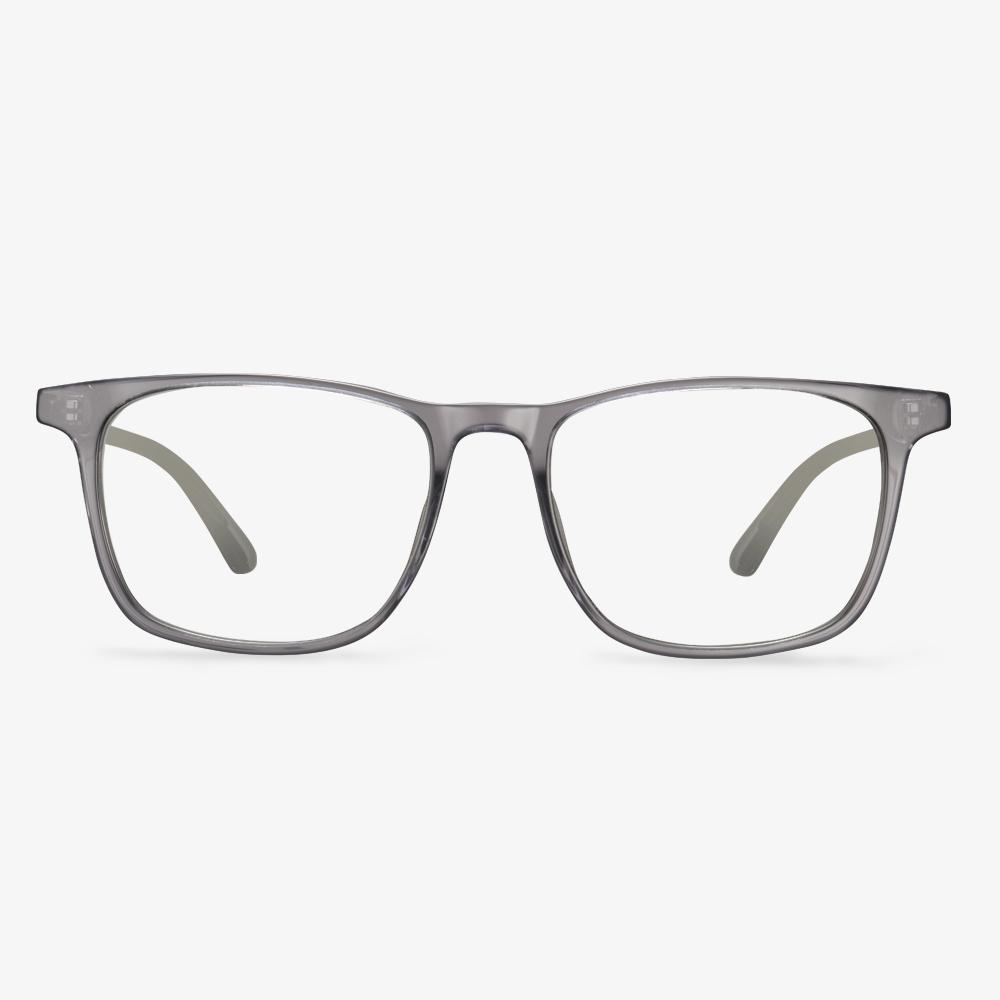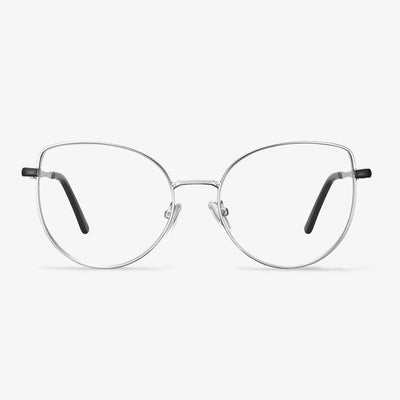Why do you need to wear safety goggles correctly?
Eye strain occurs when muscles are tired from strenuous exercise (from tension to concentration), similar to what happens to other muscles in the body from strenuous exercise or overuse. Eyestrain is the result of eye pain and fatigue, often accompanied by headaches. Eye strain has a lot to do with the quality of your glasses. If you wear cheap and inferior safety glasses for hours at work, you will feel uncomfortable. While your eyes won't be permanently damaged by fatigue, it can affect your productivity.
Do clear frames make you look older?
Men wearing clear frame glasses don't look old if the choice suits their own frame is good. Although it is often said that round faces are better for angular frames, while a solid face is better for rounded frames. But you can't generalize about face shape and frame. The best way is to go to the store to pick up the style of the frame to try on. Make comparisons before making a decision. The clear glasses frame style is very unique, if you like, you can try.
The price of new lenses
The price of the new lenses depends on several factors, including if you have vision insurance. Another aspect to think about is that if your lenses need an anti-glare solution. If so, the lenses may be much more expensive. If you need eye exams and special lenses, the cost can be quite high. Scratched lenses are easier to repair. If you want your scratched lenses repaired by a professional, most opticians can pay very little.
Why should children be more vigilant about harmful blue lights?
The amount of light transmitted to the retina through media such as the cornea, lens, and vitreous is age-related. Blue light poses the greatest risk and damage to the eyes during adolescence. As our eyes' refractive media naturally yellows, more blue light is absorbed, preventing it from reaching the retina. The lens transmittance of children under the age of 10 is more than six times higher than that of adults. It is important to prevent the damage of blue light to children's visual health.
What Are Progressive Glasses?
Trifocal glasses and no-line progressive lenses are multi-focal glasses, meaning that their lenses offer multiple correction fields. Whether you have been wearing multi-focal glasses for a while, or you have just begun to look at options for correcting vision after 40 years old, you may have heard the terms trifocal or progressive glasses.
Progressive lenses offer a smooth transition from distance vision through intermediate vision to near vision, and they supply all the in-between corrections. Progressive lenses have three different viewing zones, as trifocal glasses do, and they have progressive powers of corrections, easing eye strain and providing the most natural vision correction.
h3>Types of Colorblind Glasses
Colorblind glasses come in different tints based on the type and severity of color blindness you have. If you have some eye conditions such as short sightedness or long sightedness, you may need a pair of prescription colorblind glasses. If you do not have other vision problems, you may just need a pair of non-prescription colorblind glasses. And the non-prescription colorblind glasses are cheap than the prescription ones.
The origin of modern eyeglasses
The origins of modern glasses can be traced back more than 1,000 years. In the Middle Ages, the reading stones used by monks were glass spheres, sometimes filled with water and placed on objects to magnify them.Glassblowers in Italy created reading stones, similar to modern hand-held magnifying glasses. The reading stone can be placed on the wearer's nose or in front of the face. Later, Spanish craftsmen built the first cobra-framed temple in the 17th century. They tie ribbons or strings to the frames and tie them around the user's ear.
In the 18th century, Edward Scarlett created the first wearable glasses, providing more comfort for eyewear wearers. These early glasses had glass lenses embedded in heavy frames made of wood, lead, or copper. Natural materials of leather, bone, and horn were later used to make the frames. In the early seventeenth century, lighter steel frames were invented. As eyewear continued to evolve and prescription accuracy improved, the trend for eyewear to become more fashionable began. In the 18th century, bifocal lenses appeared, making it possible to correct upper myopia and lower presbyopia. Later glasses were designed to be fixed by a ribbon or by applying pressure to the bridge of the nose. In the 1980s, plastic lenses were introduced, providing a more durable alternative to glass lenses. Ultimately, the glasses used today are the result of centuries of technological and intellectual advances.


















































